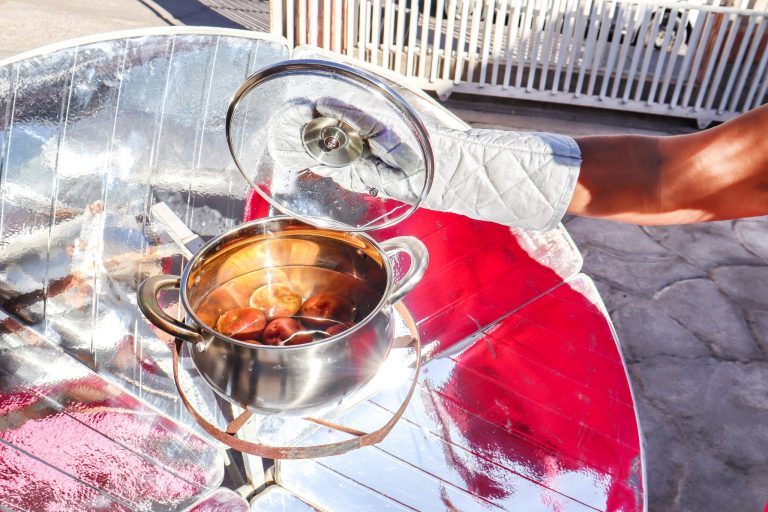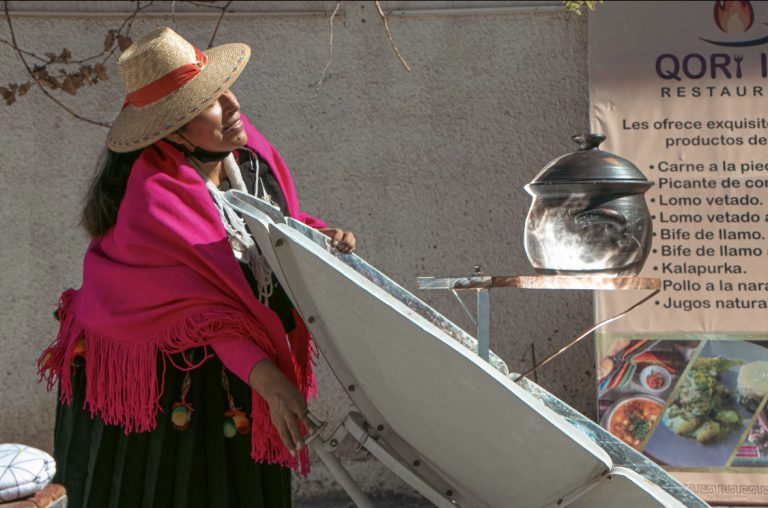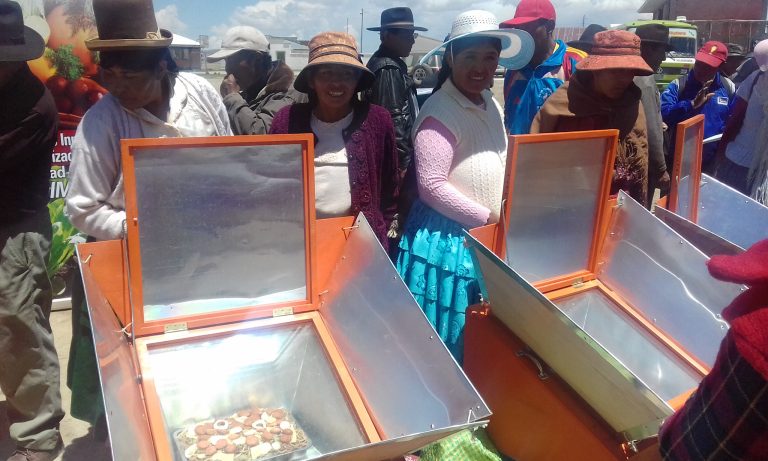Cooking the Future With the Sun
Author: Rafael Forteza
Reading time: 5 minutes
Cooking, a way of sharing, a way of connecting, a way of nourishing ourselves with the fruits of the earth that surrounds us. Cooking is an everyday gesture for all of us.
To cook food, you need heat. And to produce that heat, you need energy. When you think of the billions of people in the world who cook every day, it’s easy to see that this represents an enormous consumption of energy.
This energy can come from several sources. Some are more environmentally damaging than others. For example, it is estimated that the use of non-renewable energy for cooking alone generates around one gigatonne of CO₂ every year. This is equivalent to 2% of global greenhouse gas emissions (Verma et al., 2024).
Not everyone has easy access to renewable energy sources for cooking. That’s why, in a context of ecological transition, it’s crucial to think of alternatives that limit the negative environmental impact of this daily gesture.
That’s where the solar oven comes in. With its many shapes and designs, this technology offers a promising solution for limiting the ecological footprint in kitchens around the world, and beyond.

In practical terms, these ingenious ovens use solar energy to reach temperatures of up to 350°C, depending on their design. In this way, they enable food to be cooked without recourse to energy sources with high CO₂ emissions.
Bonus: they help preserve forest ecosystems in regions where wood is the main source of energy for cooking. And as if that weren’t enough, the benefits can even be felt in households where the expenses associated with purchasing firewood or charcoal are significantly reduced (McCann et al., 2024).
There are, of course, many challenges that stand in the way of the democratization of solar cookers. Accessibility, maintenance and the fickleness of solar energy are just a few examples. But never say never.
To better understand how these challenges can be met, we can draw inspiration from the journey of Ruth Moscoso, founder of the Qori Inti restaurant in the Chilean community of Pica, where she prepares traditional dishes using local ingredients. And yes, it’s all powered by the sun.

More and more gastronomic initiatives in regions with many hours of sunshine are now using solar cooking to concoct their dishes. This practice is at the heart of the initiative “Women’s Economic Empowerment, Green and Agroecological Entrepreneurship In the Aymara Communities of Jesus de Machaca”, held by Village Monde in collaboration with Pro-Rural in Bolivia.

So if you’re planning to go sunbathing in the near future, keep your eyes peeled and you might have the opportunity to enjoy a meal full of light.
Subscribe to the travel newsletter from our collaborative booking platform Vaolo to find out what’s new, follow our explorers and receive tips for more conscious travel.
The use of the masculine gender has been adopted for ease of reading and has no discriminatory intent.
© 2025 All rights reserved. Village Monde.
By continuing to use the site, you agree to our privacy and cookie policy
I accept